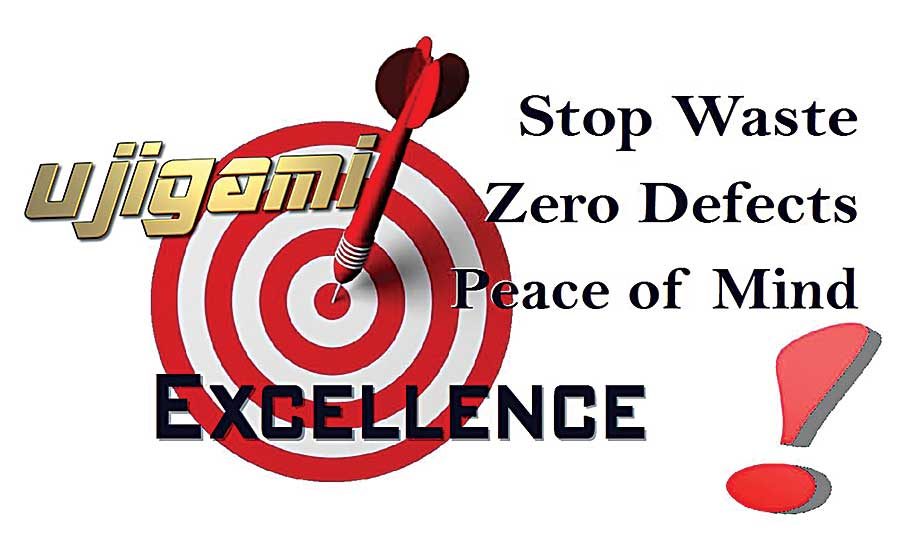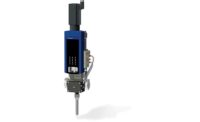Why lose customers due to poor quality?
Is there a better way to manufacture today?
Customers are demanding zero defects. Product quality has to be at the highest levels ever. Being “good enough” is no longer good enough.
Sixty years ago, Dr. Edward Deming’s introduction of Statistical Process Control methods simplified the management of quality. We now have a wide assortment of quality tools including Six Sigma and Lean Six Sigma. Certainly product defect rates should be well under 3.4 defects per million, with a corresponding reduction in costs and prices.
But a quick review of 2017 Automobile Sales and Recalls tells a different story. For every vehicle sold in the US in 2017, there was 1.5 vehicle recalls for a potential safety defect. And we continually hear of product safety concerns in every industry; such as cell phones being recalled for batteries catching on fire.
Why are Products Failing?
Ironically, a root cause of these failures is the very tool set that was designed to prevent them – Statistical Process Control. SPC is a powerful tool to measure and monitor process capability. It identifies how a process is performing and if the process is changing. This is particularly valuable to understand if continuous improvements are producing better processes. SPC allows us to analyze random samples of parts to determine if we are likely producing good parts.
However, SPC does NOT provide any assurance that every part produced is a good part. In fact, by the very nature and requirements of the mathematics behind SPC, bad parts will be produced.
SPC and the Control Charts that are used to manage quality depend upon 3 factors to ensure high quality:
- Long Production Runs – remember Henry Ford’s slogan “you can have any color you want as long as it is black”,
- Capable Processes – the future can only be predicted if the past is repeatably consistent,
- Common Cause Variation – process variation is caused by normal phenomena and can be statistically predicted.
Times have Changed
Today, customers want their products unique and personalized which results in a seemingly endless combination of components and options. Manufacturing processes are much more complicated and difficult to control, leading to lower process capability. And customers are also complaining about any quality defects – even those caused by special causes which cannot be predicted.
Because manufacturing is significantly more complex today, we have developed tools to address this complexity. These tools include:
- Six Sigma methodologies
- Lean Manufacturing, and
- Lean Six Sigma.
Although these tools are successful, their use results in even more complexity! We now require highly skilled people to understand these tools and implement them in our plants.
A Better Way
A Product Directed Manufacturing System (PDMS) takes a different approach and changes the manufacturing paradigm from statistical process control to individual part control. A PDMS knows every step that is required to build each part, then controls all operations to ensure every step is completed successfully.
By knowing the roadmap that each part needs to follow, and where each part is on that roadmap at all times, Product Directed Manufacturing significantly simplifies mistake-proofing and problem resolution in your plant.
Lean and Six Sigma are Behavioral Solutions which rely upon people to understand the tools, implement them, and then follow the “right way”. In comparison, Product Directed Manufacturing is a Technical Solution using hardware and software that is configured to control the operations of your plant. And PDMS also provides the SPC tools required for continuous improvement.
Product Directed Manufacturing
Consider the analogy of driving to a destination. Someone can tell you the directions, as they know them, and you can follow those directions to the best of your ability ... or you can use a GPS. Punch in the destination and the GPS will get you there turn by turn. If you make a wrong turn, the GPS immediately recalculates the correct route and gets you back on track.
The great thing about using a GPS is that it requires very little technical ability to get to your destination – every time.
Manufacturing and technology has changed significantly over the last 60 years allowing Product Directed Manufacturing to provide a competitive advantage:
By managing every individual part through the entire value stream, PDMS automatically resolves the requirement of uniqueness – this feature is built-in.
Although processes are more complicated, PDMS is integrated with all machines and interacts with all operators to provide direction and receive positive acknowledgment that every part is produced correctly. Product Directed Manufacturing contains the power to manage complicated processes in real-time.
Like a GPS, a Product Directed Manufacturing System knows the required manufacturing roadmap and will immediately see a Special Cause when it occurs. And when a “wrong turn” is made, the PDMS immediately triggers pre-defined containment, notification, and corrective actions to minimize waste and maximize quality.
A Product Directed Manufacturing System simplifies today’s complex manufacturing environment and delivers zero defects.
Floyd Dickson, Tutelar Technologies Inc. may be contacted at (905) 331-6808 x7401 or fdickson@watchover.us.
Tutelar Technologies supplies the Ujigami™ Product Directed Manufacturing System, an advanced PDMS that manages all aspects of your manufacturing facility. Visit www.watchover.us for more information.








